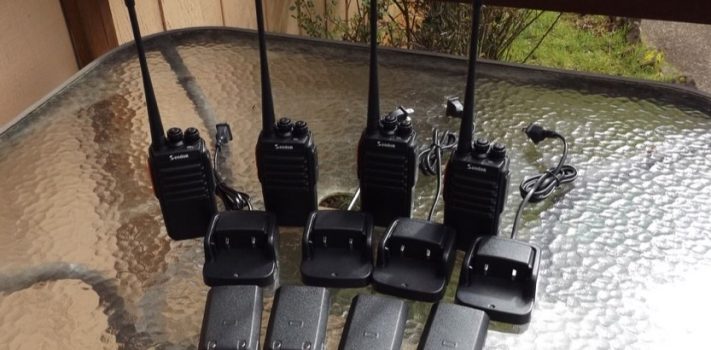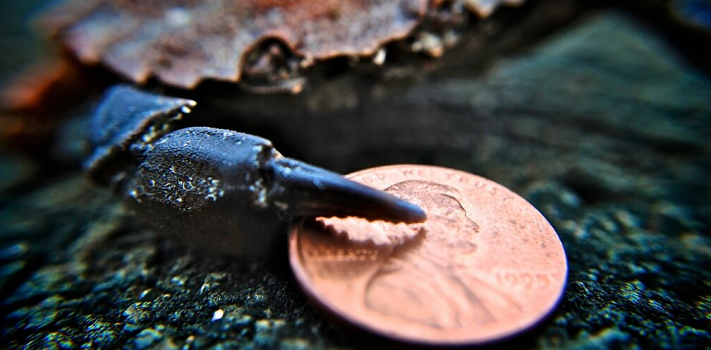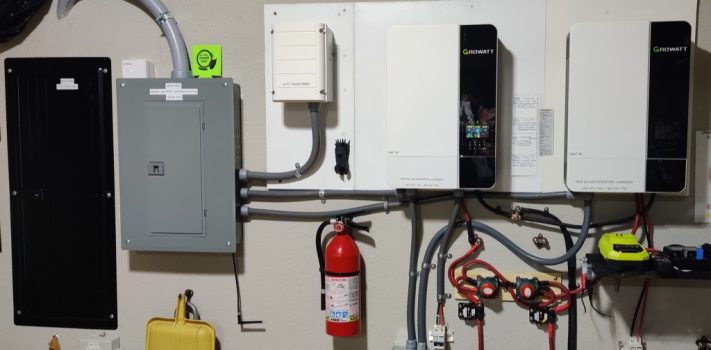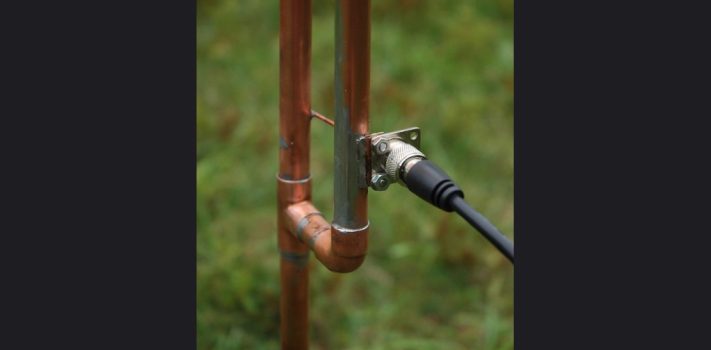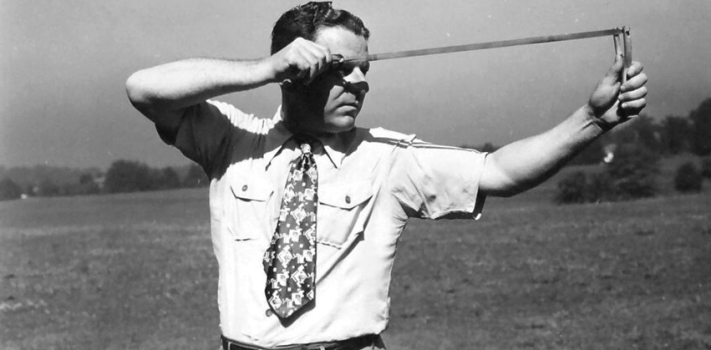Communications: Bringing People Together – Part 1, by Tunnel Rabbit
As I mentioned in a previous article, I am making many kinds of antennas for fun and profit, but mostly for setting up neighborhood networks or small community networks that I will not be involved in. I have made many antennas, and over the last decade, I have programmed countless radios in my area, as a free service to my neighbors and friends. I have many extra radios and antennas that can be put into the right hands if it serves the community. I would rather invest in these, than fancy and expensive transceivers. I have a pile of such …

